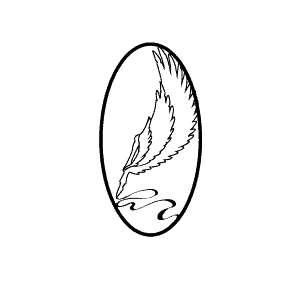It is a general notion that writing and telling stories is a piece of cake.
Contrary to that popular belief, writing for public consumption requires a great deal of imagination, research, creativity, time, and effort. You would also need to master the language if you wish to write eloquently and beautifully. That, in itself, requires you to spend countless hours of practice, research, and analysis to truly understand what makes a good story viral. The hard work does not end there though. Once you have finished your manuscript (you are never truly finished), you’d want to send it to a publisher for publication. And that’s a whole other monster you need to deal with.
Even then, that is not the end of your writing journey. After getting your manuscript approved, you would still have to go through the strenuous yet crucial process of editing and reediting your manuscript before it is truly ready to be published. Many unpublished authors fear this reality.
However, if you have somehow committed yourself to this arduous journey of self-publishing, here are five important steps to ensure your manuscript is publish-ready!
Step 1: Grammar
Check your Grammar & Spelling! This is one of the most foundational steps that will make or break your manuscript. First impressions are everything.
Why is grammar so important?
A great writer will double-check his work for grammar errors before submitting it to a publisher. The first impression of your manuscript is pivotal to attract the publisher’s attention. An intriguing plot with great characters will bring your manuscript nowhere if there are numerous grammar errors (unless they are intentional and play an important part in illustrating the development and digression of a character’s brain like in Flowers for Algernon by Daniel Keyes). Hence, you should make certain that your stories have next to zero grammar and spelling errors. They reflect on your level of professionalism.
Which tools are helpful?

Numerous websites can aid you in checking your grammar and sentence structures. Grammarly is undoubtedly one of the best websites on the internet to help you correct errors. Nevertheless, it is always encouraged to pay an editor or an English master to proofread your work. To find freelance editors online, Fiverr is among the best online platforms to search for freelance services at a reasonable price.
Step 2: Language
Make sure your use of language is consistent. Understand where your book will be sold first. If you are to sell it to an international audience, convert all texts to US English if you can as it is more generally received.

Why is language important and how can you master it?
If you do not understand your audience well, they would not be able to understand you. Make sure you are aware of their literacy levels and culture phrases to make the story more relatable if you are writing in a local context. Nobody wants to read a novel where they need to google define or google translate every single word. Less is more. Sophistication and eloquence can still be displayed using simple, understandable words.
Simplification example:
❌ “She abhors him with a great magnitude of vehemence.”
✅ “She hates him with passion.”
If your work features multiple languages, make sure they are distinct from the primary language and used sparingly. Italicize quotes, exclamations that are in another language and translate them creatively in your story. With this method, you can use imaginary languages while still making total sense.
Multi-language example:
“Oh mon dieu!” he exclaimed. For an atheist, he sure calls on God quite a lot.
“Shrikhal gur bar il-hoelil,” instructed the head lady of the village. Without a second to lose, two slaves pulled her hair up into a neat bun and fixed on a pair of unblemished pearl earrings.
Step 3: Red Flags
Reds flags in writing refer to sensitive topics that are more likely to be censored. Understandably, writers are passionate about their works and the messages they want to convey creatively. At times, the themes that they choose to present in their stories might be sensitive topics that are considered unconventional in different countries. It may seem near impossible to please everyone, but it’s still safer to take a more general route if you’re just starting out.

Why should you pay attention to red flags?
Pay attention to red flags that may not be accepted in certain countries such as murder, suicide, religion, local politics, and sexuality. Red flags narrow your segment and your books might not be able to reach wider audiences due to its censorship. It’s not wrong, it just increases risks. Address these topics tastefully and you should be fine.
As awareness among these topics is getting more attention in this day and age, we strive to create a positive reading environment for our readers in which they can find comfort and solace through our published writings. We highly encourage our readers that are experiencing emotional turmoil to seek professional help or to write privately if it helps to alleviate the pain. With great power comes great responsibility. We need to be careful of what we put out to the public as human minds are free to interpret work and be influenced.
Step 4: Characters
Needless to say, the characters of your story are the building blocks of your whole story. Characters from books like the Harry Potter series are still loved and remembered by adults who have read the books twenty years ago. The attachment to the fictional characters of the wizarding world is one that will stay with the fans forever.

Thus, the development of the main characters must be meaningful and relatable. Readers should be able to learn something from your story and feel attached to your fictional characters.
“Good fictional stories should feel real, and good non-fiction books should feel like stories.”
Ways to build your characters
Before writing, it is pertinent to envision the development and foundations of your characters. Your characters are the most important elements in a story. While riveting plots and themes are also pivotal in stories, a set of stagnant characters will not drive your story to its full potential. To ensure readers are fully engrossed in a story, the characters should have traits that can make readers feel a sense of connection to the fictional person.
1. Introduce your characters well
To start, the protagonist of your story should be introduced well. The reader should know who the character is like and how they interact with their environments. This situation is similar to when you are making a new friend and you would like to know who that person is. Likewise, readers are more likely to be engaged if they could get a clearer idea of the main character as the story progresses.
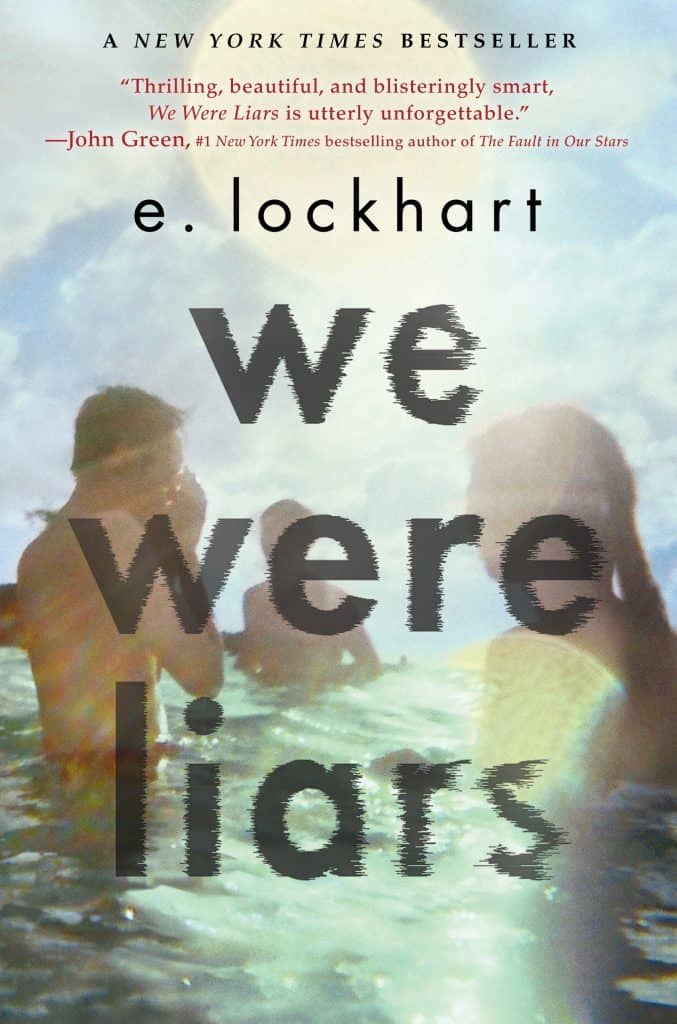
E. Lockhart’s young adult thriller We Were Liars introduces her protagonist early on in the story and explains clearly who she is:
“My full name is Cadence Sinclair Eastman. I live in Burlington, Vermont, with Mummy and three dogs. I am nearly eighteen. I own a well-used library card and not much else, though it is true I live in a grand house full of expensive, useless objects. I used to be blond, but now my hair is black. I used to be strong, but now I am weak. I used to be pretty, but now I look sick. It is true I have suffered migraines since my accident. It is true I do not suffer fools.”
From this first-person-self-introduction method, readers can imagine who Cadence is while having a gist of her overall traits. She’s well-off but is unbothered by the luxury she’s born with. We know something terrible has happened to her and that causes her to be sick. Writing styles can differ and there are other indirect ways to introduce your main character. However, Lockhart’s approach gives the impression that her accident was a key event for her development and that elevates the curiosity for readers to continue.
Another important note is that the protagonist should be likable even if they’re villains first, as stories with displeasing main characters will deter readers from being interested in the plot. Allow readers to feel empathy toward your characters. Introduce flaws and little quirks to humanize your character even more. Play on their flaws and find ways to creatively have them overcome them.
2. Add backstories or flashbacks
Backstories about your main characters will build the depth of their current personal character. It is significant for your readers to understand your characters well so that they can predict and form expectations throughout your story. It forms interpersonal empathy and helps put your readers in your character’s shoes. It keeps them guessing, in a good way.
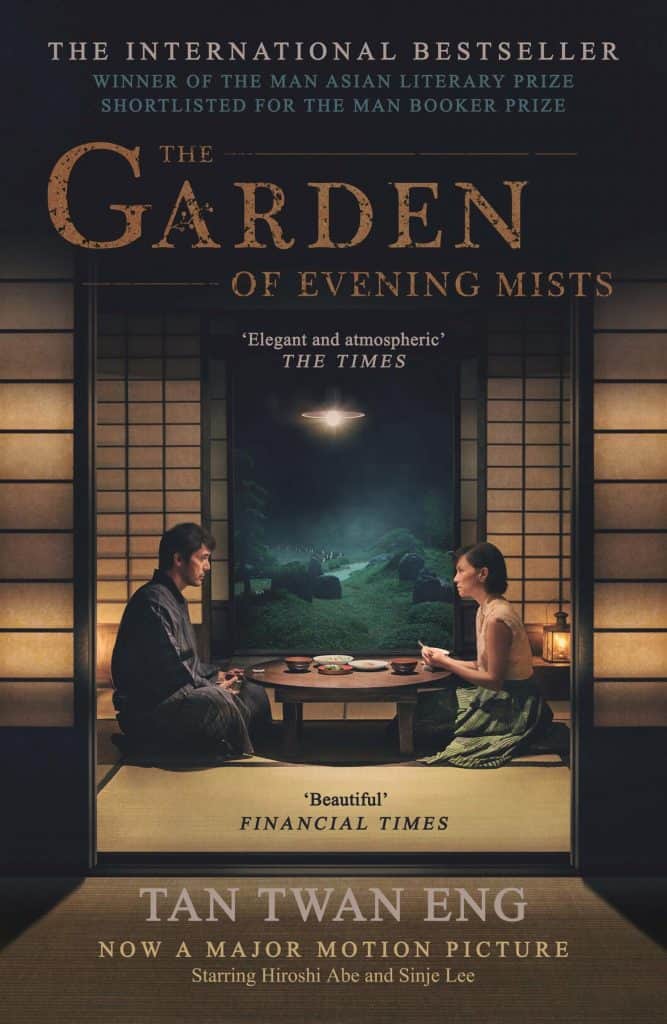
The protagonist of Tan Twan Eng’s The Garden of the Evening Mists, Yun Ling, is introduced as a retiring judge set in the post-Japanese Occupation era in Malaya. But throughout the novel, the author draws attention to her younger days and slits in pieces of her past when she was a prisoner in an internment camp during the occupation.
These flashbacks and backstories of Yun Ling give another perspective about her character and readers would have a better understanding of the character’s decision-making process and why they perform certain actions as a result. Doing this enhances the plot’s sentimental value.
3. Incorporate introspection
Introspection is the art of observation of one’s own thoughts. Like movies, describing environments and actions in scenes can be quite literal and surfaced. You may notice comments on how books are a better experience than the movies and it may attribute to this fact alone. Introspection and monologues are limited during screen time, whereas in text, the character is able to express every single thought. Writing what the characters are thinking and feeling shows the readers the thought process of that character when they reach a certain decision.
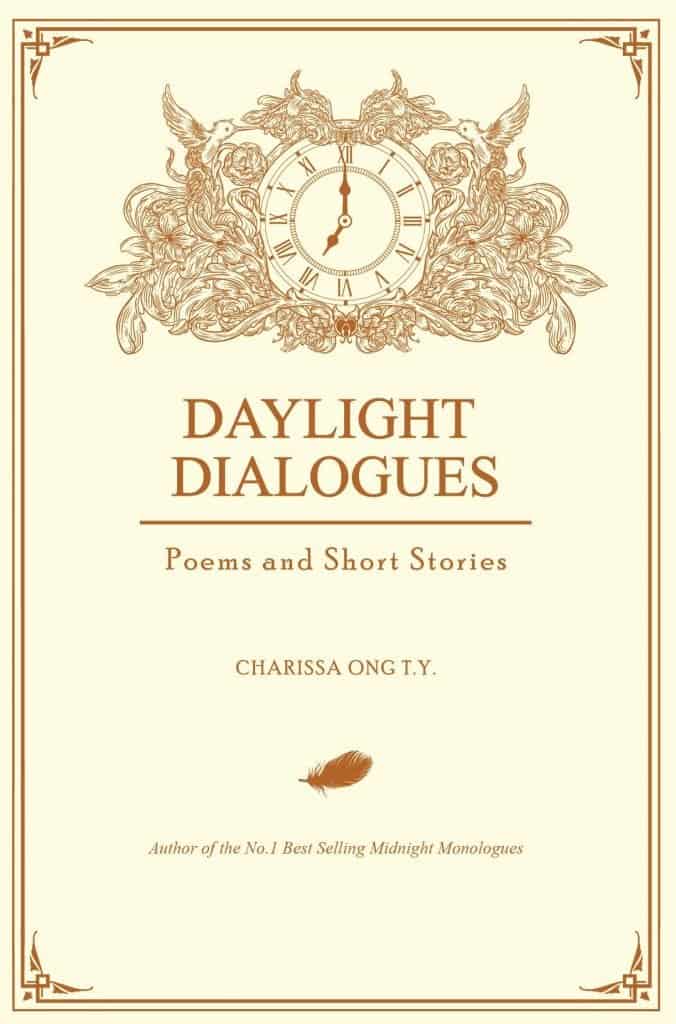
In Charissa Ong’s short story called “Single Parent” from her book, Daylight Dialogues, Angie faces many challenges in her life after the death of her parents and she’s left with her younger sister, Anne. She’s penniless and young but that didn’t stop her from raising her sister alone with love and care.
“I sent Anne to school and raised her with all the loving principles and patience my parents bestowed upon me. When I face troubles which I think are too big for me, I search for the voices of my parents telling me that everything would be alright and it is all only temporary. I have many reasons to think that life is unfair to me, but my father always said, ‘The only thing that really matters in a story is the ending. Make it a good one.’”
Readers are presented with the thought process by Angie and why she wouldn’t give up when hardship is thrust upon her. Not only do readers feel inspired, but they would also feel sentiment with the main character.
Why is chemistry important?
In one way or another, chemistry exists in every aspect of our daily lives and that is why it is a substantial component in your writing. The chemistry between characters in a story accentuates interesting events of your plot. Additionally, the chemistry could be between characters, the environment, inanimate objects, culture, and society the character is in.
Chemistry doesn’t necessarily need to be romantic or positive. The bond a character has with his surroundings, albeit living or non-living things, should encompass the myriad of human emotions such as sadness, anger, or uncertainty and not just static chemistry. That is why good chemistry is among the foundations in creating great fiction. As in life, the chemistry between characters and their surroundings is pivotal to ensure readers find it interesting to continue reading your work.
Here’s an example of chemistry between characters. To paint the picture, Mr. Darcy and Elizabeth Bennet from Jane Austen’s Pride and Prejudice didn’t get along well in the beginning because of Mr. Darcy’s arrogance and Lizzie’s headstrong trait. Great stories come with chemistry that is well-thought-out and has good development. The two characters’ chemistry is not static as their bond consists of anger, pity, sadness, and in the end, love.
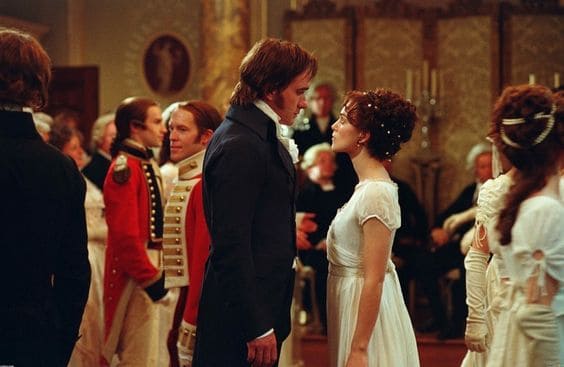
At first, Lizzie dislikes Mr. Darcy’s superior character while he dislikes her family’s silliness but the two lovers finally reconcile after many events that have happened to them and their families, from Darcy helping Lizzie’s family financially behind her back to Lizzie’s acknowledgment of his real character after learning the reasons behind his indifferent character. Austen incorporated a mixture of emotions and compelling events into the chemistry between the two main characters to shape the love story.
A good book is never complete without the chemistry between the characters and their environment or society. Pride and Prejudice is set in England in the nineteenth century and the English society was far less accepting of female empowerment and class status defines a person’s worth. Women were taught to be meek, obedient, and respectful. Lizzie’s character is revolutionary and admirable for her time for she is strong-willed and speaks boldly of her opinions on things that concern her worth.
When Mr. Darcy’s wealthy aunt, Lady Catherine rudely criticizes her family and their poor financial status after she heard the rumor that her nephew proposed to her, Lizzie immediately stands up for her family and herself, stating confidently she will marry her nephew if he wants her to despite her status and that no one has control over her life.
A poor woman who has no inheritance such as herself should’ve listened and obeyed the orders of the higher class but Lizzie does nothing of sort. She firmly places her position in an unforgiving society that sees people of her class lowly. The chemistry between Lizzie Bennet and her class-driven society is one that illustrates Lizzie’s determined and witty qualities. Readers see that she is a strong character and doesn’t back down when faced with criticism and hardship.
Other than the element of love between the two main characters, Austen adds the theme of female empowerment through Lizzie and her society. Through this, the story becomes more unforgettable and it is no surprise that this story still lives on in the world of literature.
Step 5: Flow and Pace of a Story
The pacing of a story is essentially the speed and relevant breathers of the story while the flow refers to the smooth and logical transition of plots in a story. The pace and flow of your story are pivotal and it takes a lot of time and editing to get them right.
In many fictional works, great flow and pace of the story are cherries on top of a set of well-developed characters. Avid readers would understand the compelling feeling towards a great book and the feeling of contentment when the book ends well. Nevertheless, readers do also get moments when they are lost in the labyrinth of words of a novel owing to its long and dull paragraphs.
A few unfavorable practices that cause a story to be unexciting are draggy or rushed storylines. Both these aspects create stories that seem pointless and that will prevent you from getting published.
How to ensure a good flow and pace in your story?
The first and most basic thing you should do before pouring out your heart into writing is to write an outline. An outline is the skeleton of your story as it prevents you from derailing and rambling throughout the story. To add, a clear outline helps you to organize your characters along with their events and actions. It gives you a more explicit vision and more fluid in writing as compared to imagining in your own thoughts.
In the outline, you should have the introduction, the middle part, climax (the most important part of your story), and the ending to conclude. Other than the sequence of narratives, the outline should also include the settings, the buildings of your characters, their chemistry, conflicts, and solutions.
However, it is important to remember that the pace and flow of a story depend on the genre. Genres like romance or bildungsroman take a slower pace with more monologues or dialogues among the characters to reach a sensible end. On the other hand, fantasy or thriller genres require more action scenes and a quicker pace to keep readers engaged and in the ‘zone’. As a writer, you are in control of your reader’s emotions. Give them calmer scenes in between your heavy scenes to give them a slight breather.
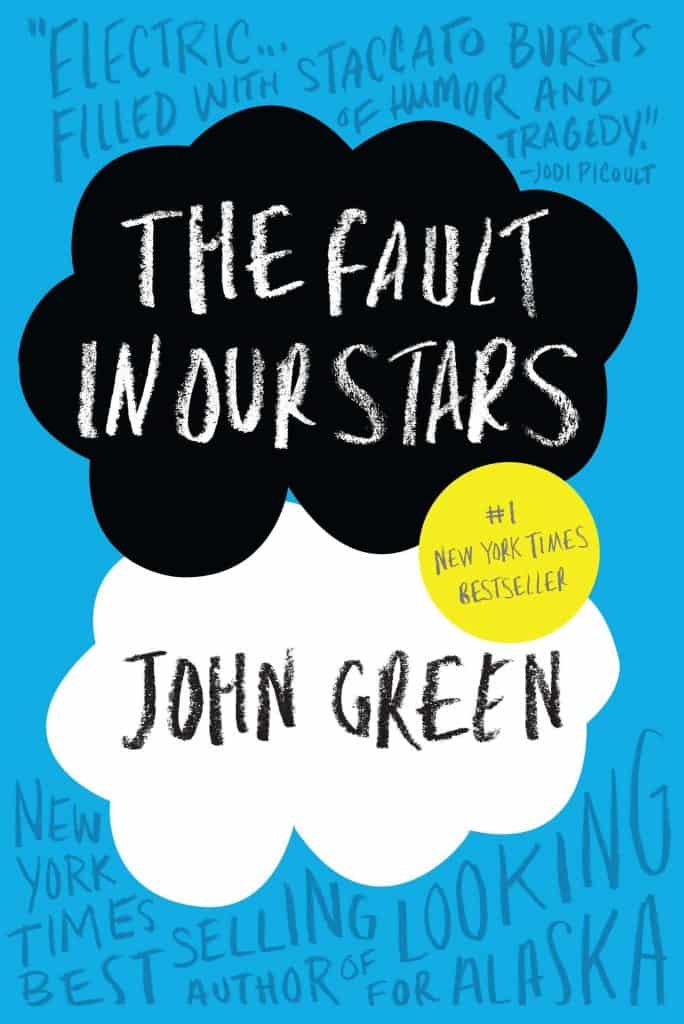
Here’s a sample outline of John Green’s The Fault in Our Stars:
Introduction: Introduces Hazel Grace, her family, and how she lives with her cancer and clinical depression as a teenager. Meets Augustus Waters, a teenage boy who also suffers from cancer but is getting better, unlike Hazel. Their relationship starts to grow.
Build Up: Hazel and Augustus become closer and they discover more things about each other. They go through a series of adventures together and their love blooms. Unfortunately, Hazel suffers from severe pain and has to be hospitalized. They both stay apart for a while until Hazel recovers.
Climax: Augustus has an attack and is discovered to have tumors in most parts of his body. He has slim chances to live longer. He and Hazel reunite to spend his last days together.
Ending: Augustus dies and Hazel tries to come to terms with his death and move on.
Green’s young adult romance novel has a smooth storyline and a well-balanced pace. Readers are brought through the characters’ journeys well and there is a good balance between calmer and heavier scenes. The rollercoaster ride of the sad love story brought by Green is a memorable one and keeps his readers’ hearts in sorrow but delighted.
Step 6: Crafting a Convincing Cover Letter
Last but not least, before submitting your manuscript, you should write a convincing and attention-grabbing cover letter to the publisher of your choice. A cover letter is a letter that introduces to your potential publisher about your written work and you as the author. The cover letter will be the first thing that your publisher reads before your manuscript, so the importance of crafting a great cover letter is equally important.

First impressions are highly important. Publishers have thousands of manuscripts and e-mails to go through, resulting in high rejection rates. A publisher can immediately gauge your level of writing from your cover letter. Therefore, pour the same amount of passion in your cover letter as in your manuscript. Unlike your manuscript, your cover letter is much quicker to write as it should only be around one to two paragraphs.
Here is an example of a badly-written cover letter:
hi,
I am writing this letter for you to publish my manuscript. So, how much profit margin would I get? Do i need to pay anything? Should i attach my manuscript here? Do u want the full one or just the first chapter?
tony
This letter:
- Is demanding
- Asks for profit margins immediately
- Focuses on making money
- Has no attachments
- Has no proper introduction
- Has spelling and grammar errors in the email
Here is an example of a good cover letter:
Dear Sir/Madam,
My name is Hermann Hesse and I am a writer who wishes to have my title represented by your publishing company. George Publishing has been my primary choice from the get-go as I truly admire the quality of novels, marketing efforts, and unique themes your company represents.
I acknowledge that one of your preferred book genres is bildungsromans or stories about self-growth. My book touches on the theme of self-actualization but with a touch of magical realism. My book is similar to Salinger’s ‘The Catcher of the Rye’ theme of losing innocence. Attached in this email is my full manuscript of ‘Demian.’
The story follows young Emil Sinclair, the protagonist of the novel who struggles to find his true identity as a result of growing up in a seemingly sin-free household while being exposed to the cruelty of the real world. He is conflicted because he feels that he isn’t like his holy family but at the same time he could not bring himself to do horrible things like his schoolmates. He is confused with himself and tries to seek help from other figures.The target audience of this novel is for teenagers and adults alike who enjoy the themes of discovering one’s identity and self-growth.
Thank you for taking the time to read this. I look forward to hearing from you.
Regards,
Hermann Hesse
012-3456789
This cover letter is good because it:
- Has an introduction
- Acknowledges the publisher’s genre of choice and books they publish (shows that they have done their research)
- States the genre of the manuscript, the target audience, and books that are similar to the novel
- States the synopsis and what’s unique about the novel
- Submits the full manuscript
- A direct mobile number is stated for quick communication via WhatsApp
Additionally, you can also add a cover photo or book cover if you have any and a brief resume to spice up your cover letter. It’s good to address how well the title fits with the publisher and their current market, but also how it can be different enough to sell thousands of copies.
If you are rejected, ask why and what can be improved on your manuscript. Asking questions is a measure to learn about your weaknesses and learn more. Do not just end with a thank you when you have questions about why your manuscript was rejected. Speak up and don’t be afraid to ask.
Here is a submission form if you wish to send your manuscript to us!
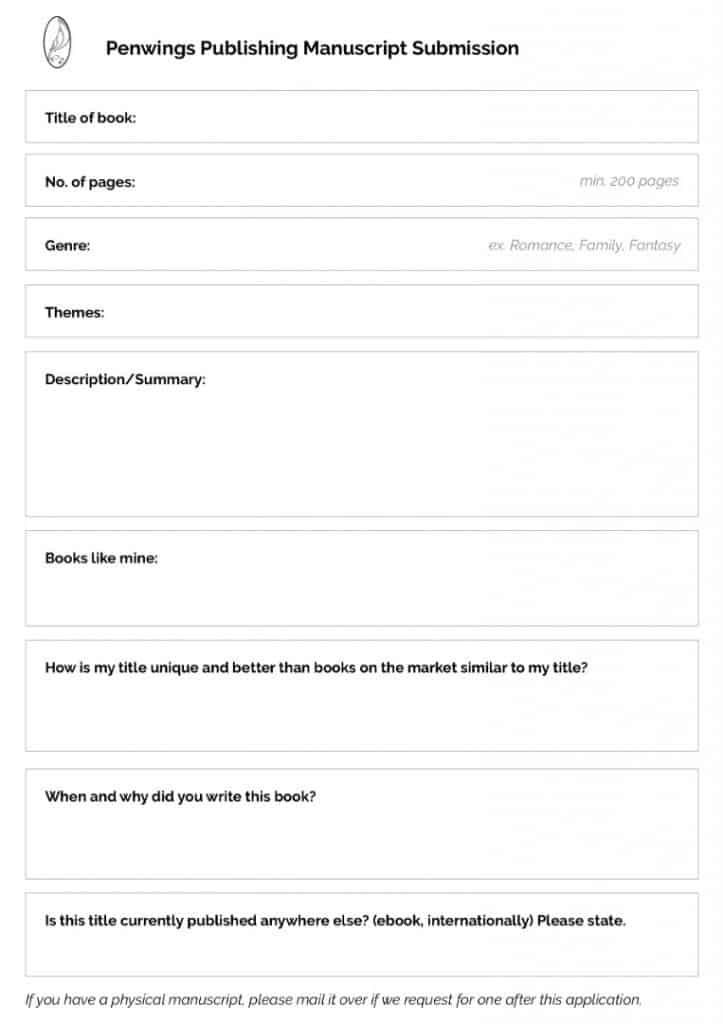
In conclusion
The writing process can sound like a daunting task, with all the process of re-editing but writing can be an enjoyable and fulfilling journey if you look at it from a more positive perspective! Every writer has their own ways of writing. Identify a personal system and cadence that will help maintain your discipline and passion. There are no strict or fast rules when it comes to writing but these six tips should be taken in heavy consideration if you wish to publish with us.
Writing is a form of creative space for you to pour out your thoughts and feelings on paper. If you think you’re ready to grace the world with your works of written art then these six tips will definitely help you get through the painful (yet rewarding) process of editing to ensure your manuscript is publish-ready!


